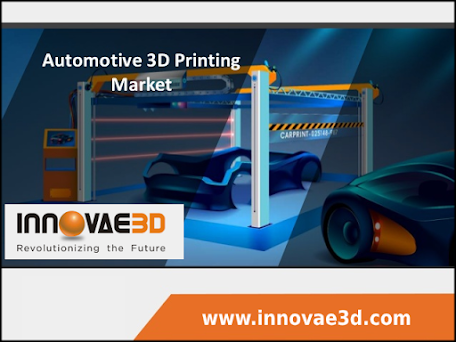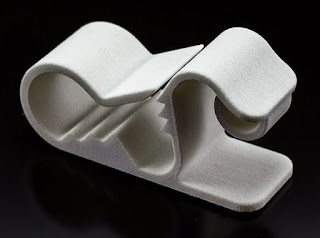About Of Selective Laser Sintering (SLS)3D Printing
SLS
3D Printing offers very high design freedom, high accuracy and produces parts
with good and consistent mechanical properties. Selective Laser Sintering is an
AM method that uses a powder bed fusion process to build 3D parts.
Fused deposit
modeling (FDM) is one of the most popular technologies developed in 3D
printing. In stereolithography (SLA) it comes in the form of distant seconds.
It is very difficult to determine which technology, but selective laser
sintering (SLS) is a strong case in 3D printing.
The History of selective laser
sintering (SLS) 3D Printing
SLS refers to
selective laser sinting, which Dr. Carl Deckard and Drs. Developed by Joe
Beaman. Which, like other 3D printing technology, supports selective laser sintering (SLS) 3D Printing. This is a
manufacturing derivative manufacturing method, which uses a high-power laser to
reinforce the "sinter" or powder plastic material.
How does selective laser sintering
(SLS) 3D Printing work?
SLS relies on
the principle of "sinting" the material to form a solid mass.
Sintering is the process of compacting a loose material, such as a plastic
powder, using heat pressure. Sintering does not melt the material, but instead
provides enough energy for atoms of different objects to cross the physical
boundary. Since the invention of sintering, ceramic and material products It is
widely used for handicrafts. In the field of 3D printing, SLS is showing custom
using nylon or polyamide powder as well. The process of selective laser sintering (SLS) 3D printing begins
with the use of nylon powder. Inside this powder bin is a build platform, which
is near the top edge of the main location. The powder bin is equipped with a
recoating blade which spreads a thin layer of powder on the build platform
again and again after each layer is printed.
Like any
other 3D printing technology, the SLS printer is guided by slicer software that
separates the 3D model into very thin "slices". In this, using the
cross-sectional area of each slice, the slicer software continues to guide
the laser to the top layer of powder in the bin. Like any other 3D printing
technology, the SLS printer is guided by slicer software that separates the 3D
model into very thin "slices". In this, using the cross-sectional
area of each slice, the slicer software continues to guide the laser to the
top layer of powder in the bin.
Advantages of selective laser
sintering (SLS) 3D Printing
SLS does not require any support structure
Is very fast which leads to work in less time.
SLS has excellent layer adhesion.
And it is easy and ideal to paint with the
same


Comments
Post a Comment